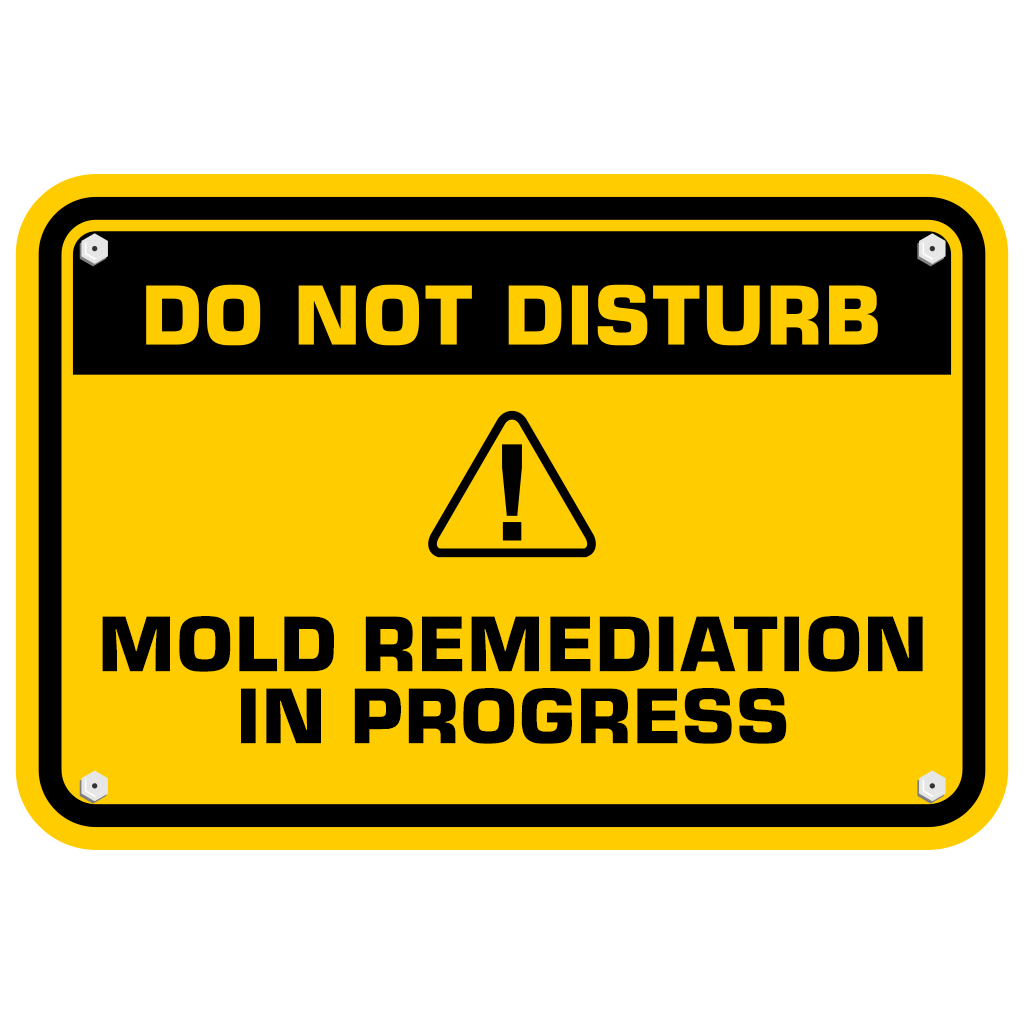
Mold is more than just an unsightly nuisance; it can pose serious health risks and compromise the structural integrity of your home or business. Whether you’re dealing with minor mold growth or a full-blown infestation, professional mold remediation is the safest and most effective solution. In this guide, we’ll walk you through the entire mold remediation process, from assessment to post-cleanup review, so you know exactly what to expect.
Step 1: Mold Assessment
The first step in mold remediation is a thorough assessment of the affected area. Professionals use moisture meters, infrared cameras, air quality tests and/or surface samples to detect mold growth, even in hidden spaces. Identifying the source of moisture is crucial because mold thrives in damp environments. Once the extent of mold contamination is determined, a remediation plan is developed.
Step 2: Containment of the Affected Area
To prevent mold spores from spreading to other parts of your home, remediation specialists set up containment barriers. This usually involves sealing off the affected area with plastic sheeting and using negative air pressure machines to stop fugitive spores from traveling to other areas within the structure via pollutant pathways which are influenced by both mechanical and natural ventilation. Proper containment serves effectively as a quarantine, isolating the affected area from unaffected areas.
Step 3: Air Filtration and Safety Measures
Mold spores are microscopic and can easily become airborne during the removal process. To mitigate this, HEPA (High-Efficiency Particulate Air) filtration devices (also known as air scrubbers or negative air machines) are used to capture airborne spores and improve indoor air quality. Additionally, technicians wear protective gear, including respirators, gloves, and full-body suits, to ensure their safety and prevent both unnecessary take home exposures and cross contamination.
Step 4: Mold Removal and Cleaning
The actual mold removal process varies depending on the severity of the infestation. Non-porous materials such as glass and metal can be cleaned with a mild detergent solution, while porous materials like drywall and carpeting may need to be removed and discarded. Advanced techniques such as dry ice blasting or soda blasting are sometimes used to remove mold from wood and concrete without causing damage.
Step 5: Drying and Dehumidification
Once the contamination has been removed, we must fix the source of moisture. Since moisture is the primary cause of mold growth, completely drying the affected area is essential. Industrial dehumidifiers and high-powered fans are employed to remove excess moisture from walls, floors, and air. Monitoring humidity levels ensures that conditions are unfavorable for future mold growth in the future. Once the mold is removed and the area is dry, any damaged materials are repaired or replaced. This may include installing new drywall, repainting, or replacing flooring. The goal is to restore the space to its original condition while ensuring that it remains mold-free in the future.
Step 6: Post-Remediation Inspection and Testing
After the remediation process is complete, a final assessment is conducted. Air quality tests and surface samples are taken to confirm that mold is within normal levels. It is important to note that a post-remediation verification must occur after the remediation is complete but prior to ANY reconstruction. Necessary repairs can be made to fix the moisture source, but replacing materials and finishes on walls, floors, ceilings is not recommended because a visual inspection of those assemblies is required in order to determine the efficacy of the contractors cleaning. Some remediation companies provide a warranty or certification of completion to guarantee their work.
How to Prevent Future Mold Growth
While professional mold remediation effectively removes existing mold, preventing future infestations requires proactive measures:
- Fix leaks and water damage promptly.
- Improve ventilation in high-moisture areas such as bathrooms and kitchens.
- Use dehumidifiers to maintain indoor humidity levels below 60%.
- Regularly inspect the hvac system and ductwork for signs of visible damage. If damage is seen or suspected, it’s time to contact a licensed hvac professional.
Do You Need Help With Mold Remediation?
Mold remediation is a multi-step process that requires expertise and precision. Attempting DIY mold removal can be hazardous and often leads to incomplete eradication. By hiring a professional, you ensure the safety of your home and loved ones. If you suspect mold in your home, don’t wait—schedule a professional assessment today.
By understanding the mold remediation process, you can take informed steps to protect your home and maintain a healthy indoor environment. If you have any other questions about mold or mold remediation, contact us today!


